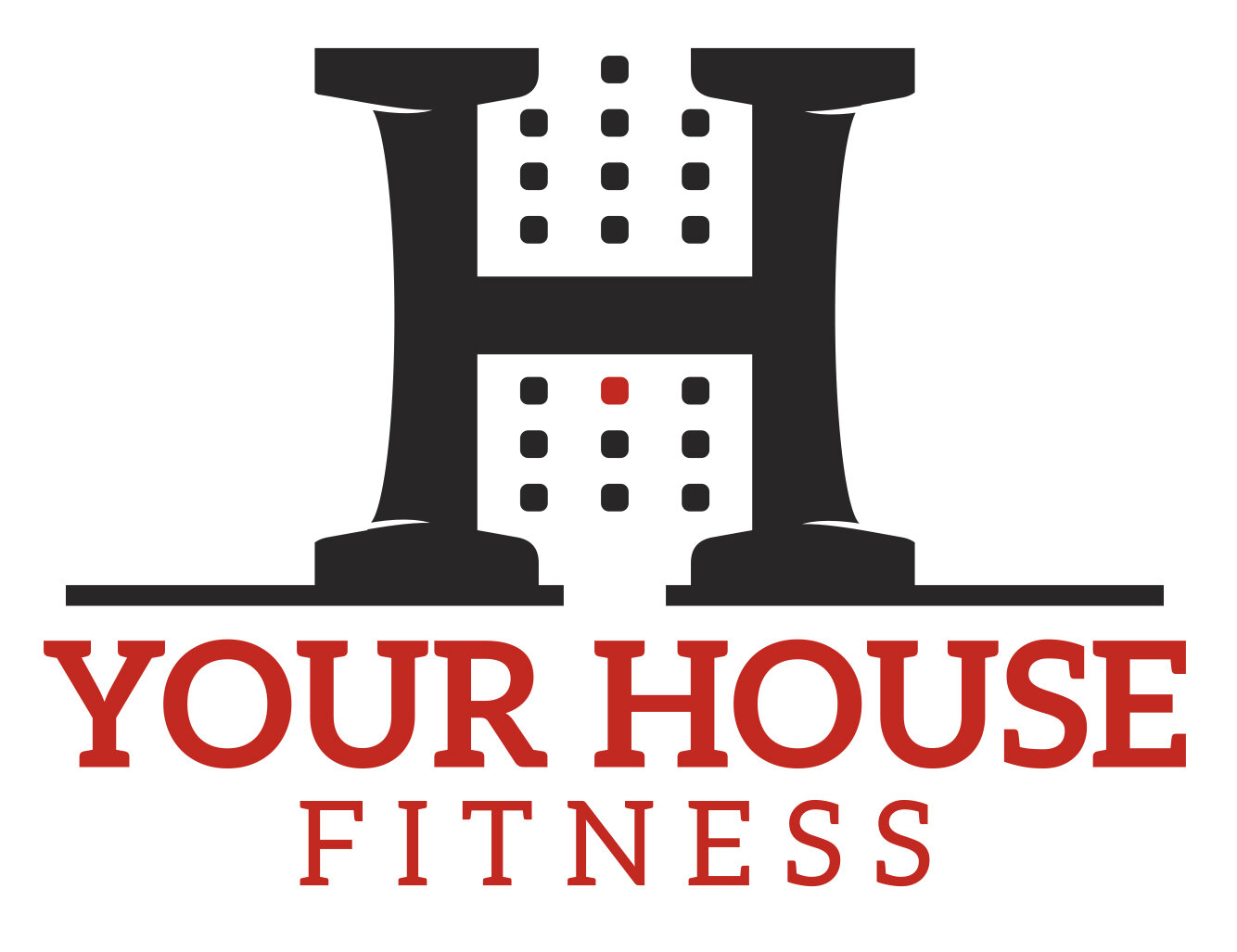Exercise Tutorial: TRX Row
Revised by Stephanie Zaban (Registered Kinesiologist & Masters of Kinesiology)Table of Contents
What Is a TRX Row
The TRX Row is an alternative to the conventional row that is performed using a barbell or cable machine. Instead, the TRX Row is performed using the TRX Suspension Training System that utilizes body weight as the primary load. This exercise is great for those who are looking to correct their form, recover from injury and strengthen the muscles in the shoulders, core, and back.
How to Do TRX Row
Begin by adjusting the TRX length and ensure handles are parallel. Step away from the anchor.
Keep your body straight and shoulders pulled back and down.
Grasp the handles and walk your feet forward till your body is at a 45-degree angle. (You can advance this exercise by positioning yourself at a lower angle).
Maintain a neutral grip holding the handles (palms facing one another) and soften your knees.
Squeeze your shoulders blades together as you pull/row your chest up to the handles and keep your elbows close to the sides of the torso. Be sure to pull your rib cage down. Do not hyperextend the hips.
Pull your belly into your spine and squeeze your glutes tight.
Lower yourself back down and be cautious not to pull/hang on the lats or round the spine.
You have now learned how to do the TRX Row!
TRX Row Form
One of the most important things to remember during the TRX Row is to keep the shoulders down and back. Many people may begin to elevate the shoulders as they perform the Row. Remember to take your time and keep your shoulders down and away from the ears.
Another important thing to remember when performing the TRX Row is to bring the Scapula’s together. This means that as you come to the top of your row (when your elbows are bent) you want to squeeze the shoulder blades together. This will ensure that you are receiving all of the benefits of this movement and performing the exercise correctly!
Finally, remember to keep the elbows tight to the body. You do not want your elbows to be flared out to the sides.
TRX Row Benefits
The TRX Row has many benefits that can be seen throughout the variety of TRX exercises. Check some of the benefits of the TRX Row below.
It’s low risk, portable and versatile
A fantastic and easy method of training for anyone of any age
Great way to build back strength, create bodily awareness and practice postural alignment
Can perform a variety of kinetic chain exercises
Strengthen the shoulder stabilizers, spinal erectors, and abdominal muscles.
Can work on unilateral movements with ease i.e. shoulder presses, raises, any single arm pushes and pulls
Can allow you to have more control of bodyweight & perform functional movements
TRX Row Muscles Worked
Why Is the TRX Row Useful
Also referred to as the bodyweight row or suspension row. The TRX Row is a great exercise to create midline stability and strengthen the muscles of the upper and lower back. In addition, it strengthens your handgrip and engages your entire core musculature. It’s a great alternative and substitute for using dumbbells and machines.
I highly recommend this exercise for those who suffer from any sort of chronic or acute back pains and/or strains. It is a great option for an individual who may possess the inability to perform complex compound movements. It’s also a useful tool for athletes, Weightlifters, and Powerlifters to incorporate into their routines as an accessory/dynamic exercise, adjust intensity level and produce increased time under tension on any particular exercise of their choice.
TRX Row Variations
Inverted TRX Row (From a low/bottom position)
Inverted TRX Row (Feet elevated)
TRX High Row (Overhand Grip)
TRX Underhand (Grip Row)
TRX Row Alternatives
If you do not have a TRX System, try these TRX Row alternatives:



